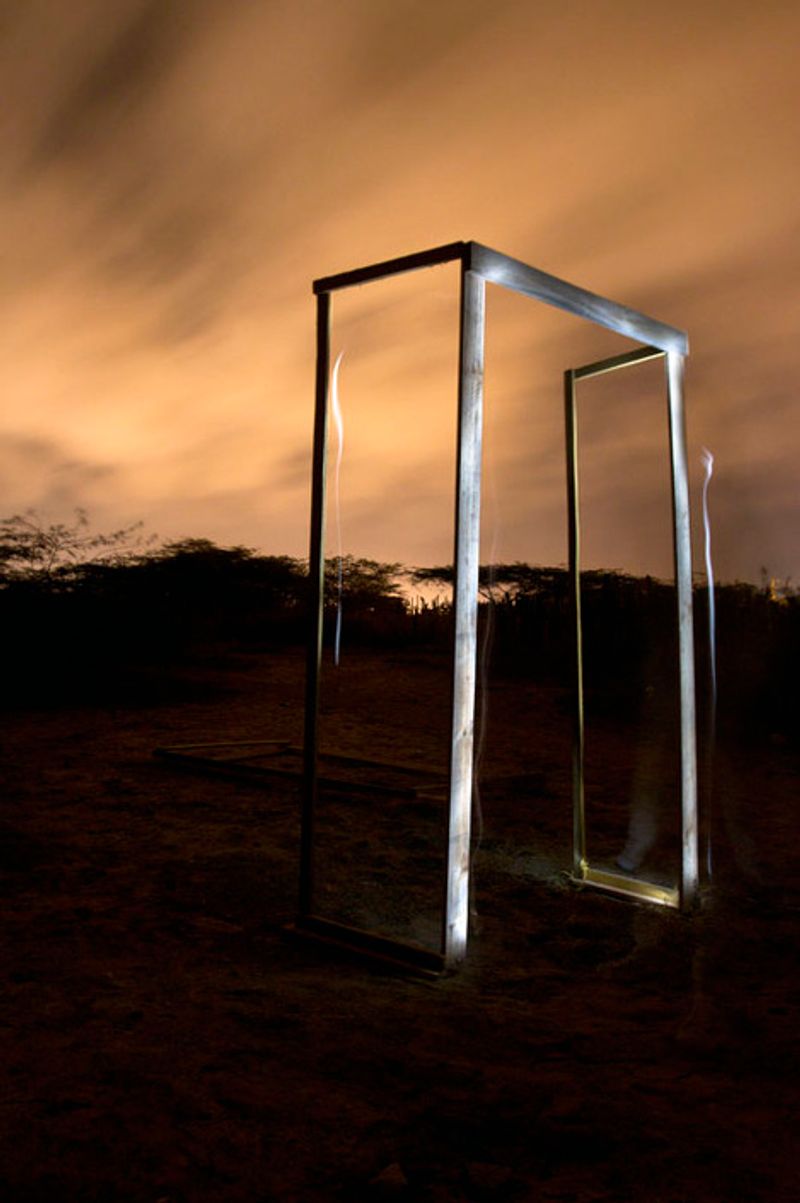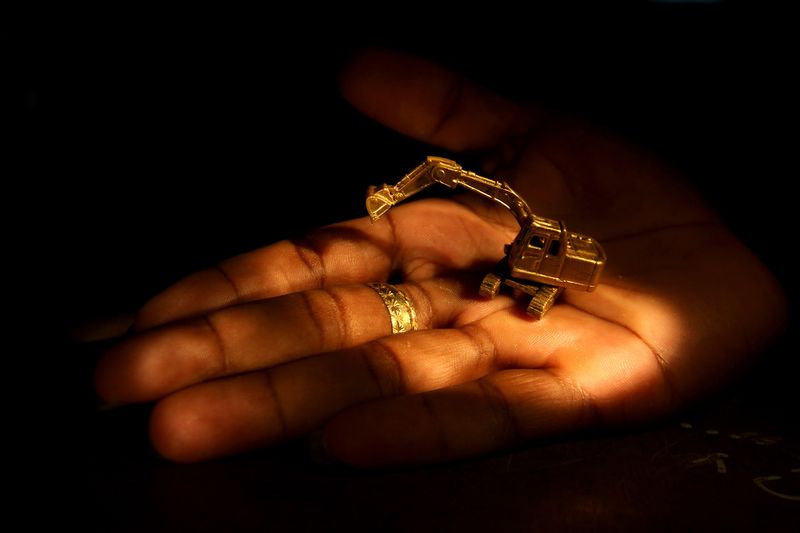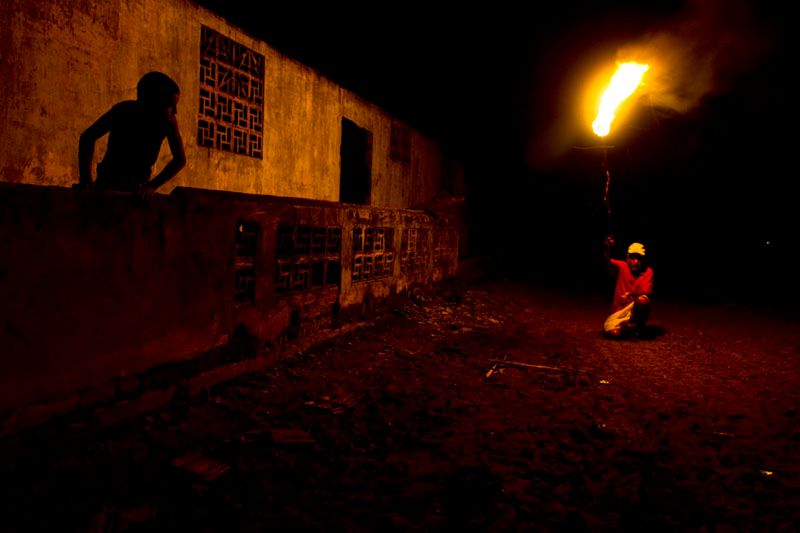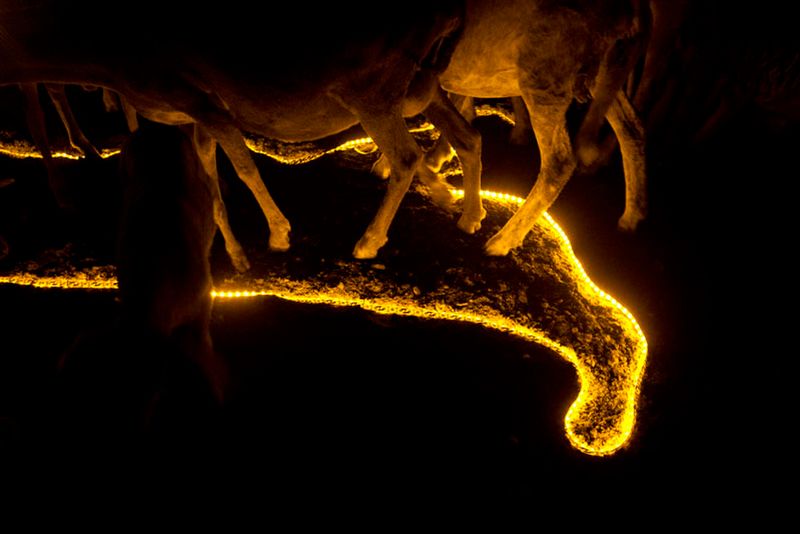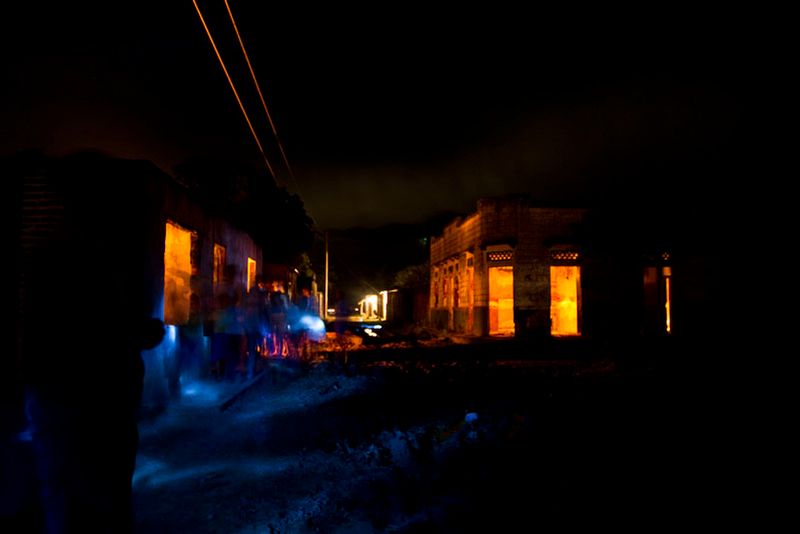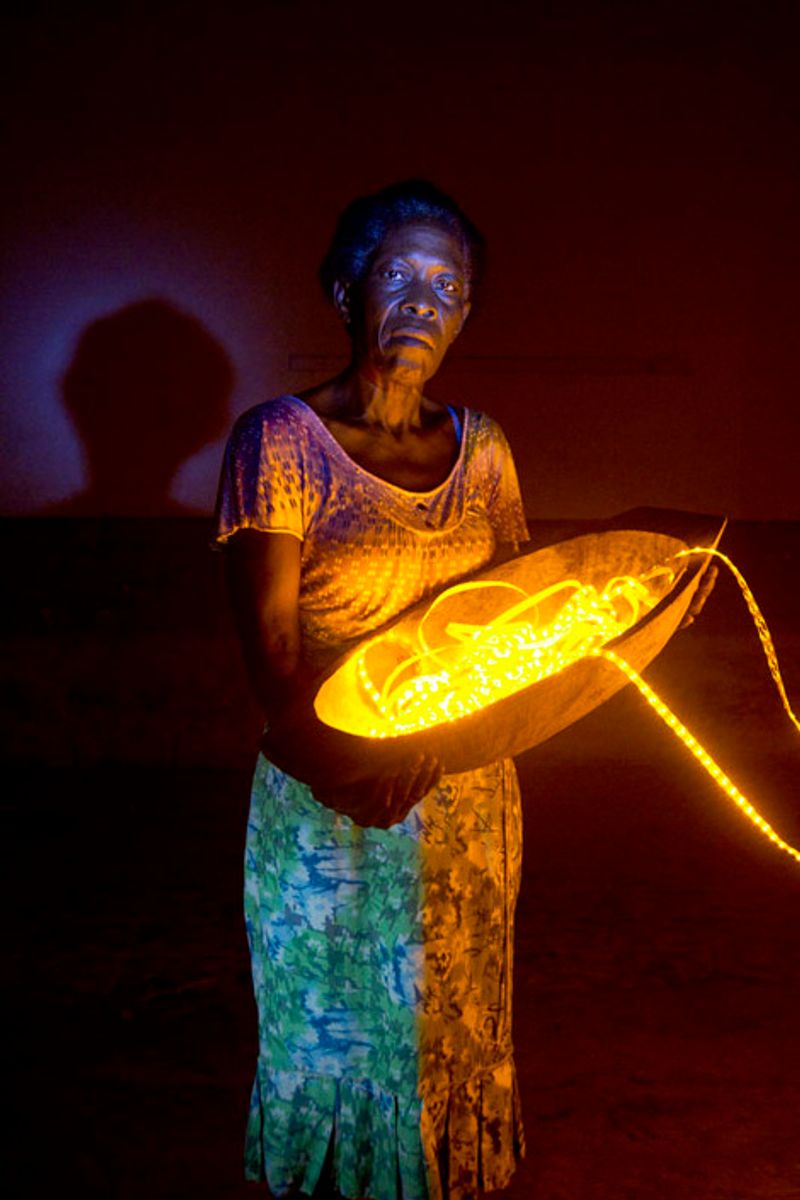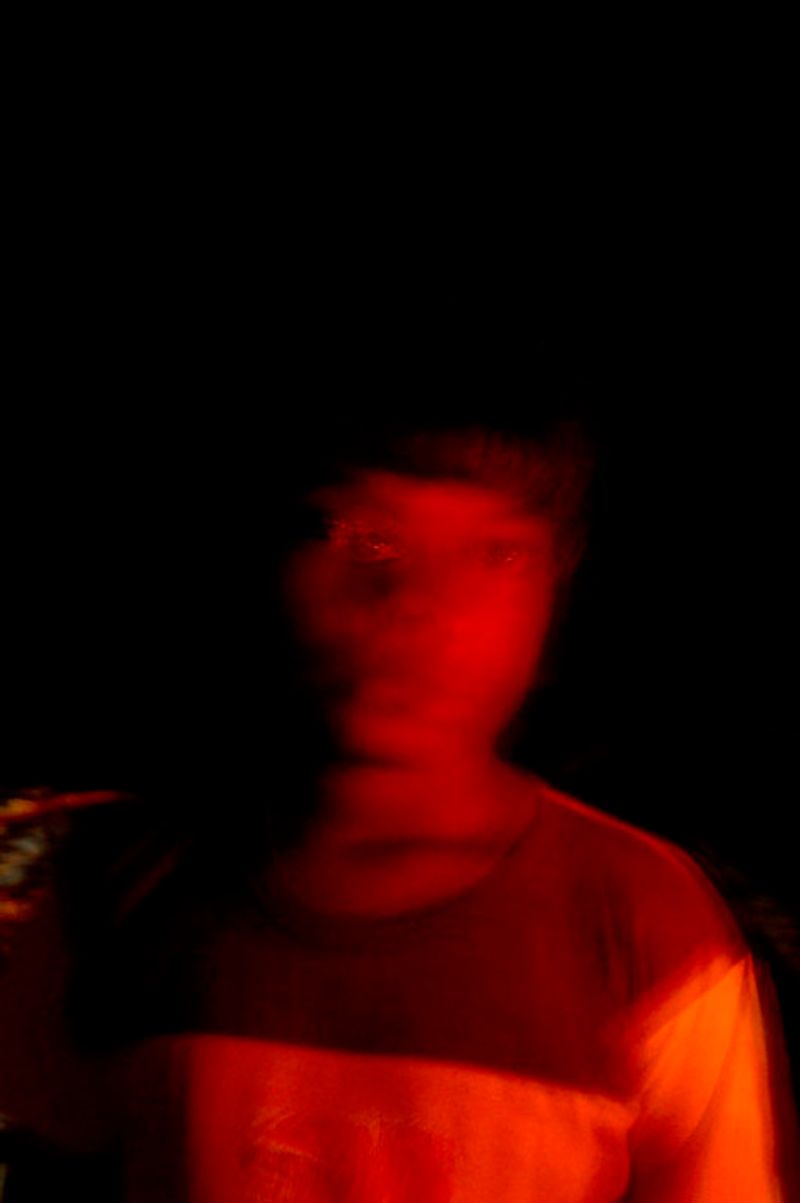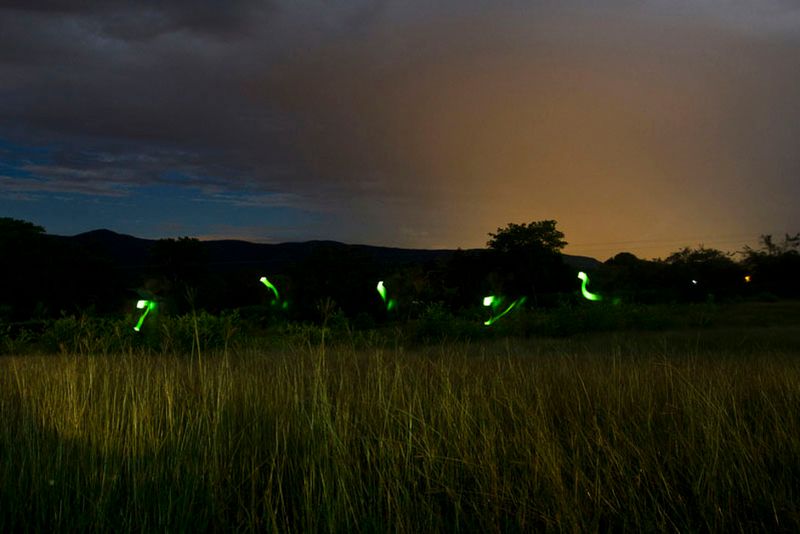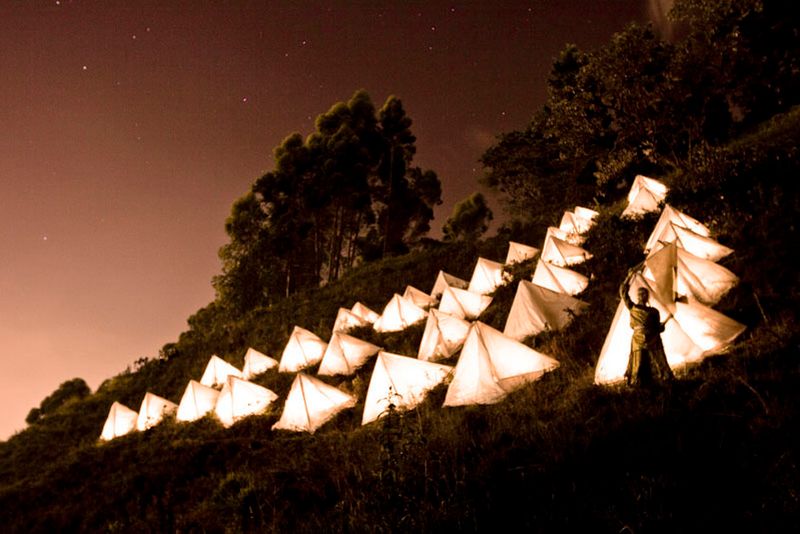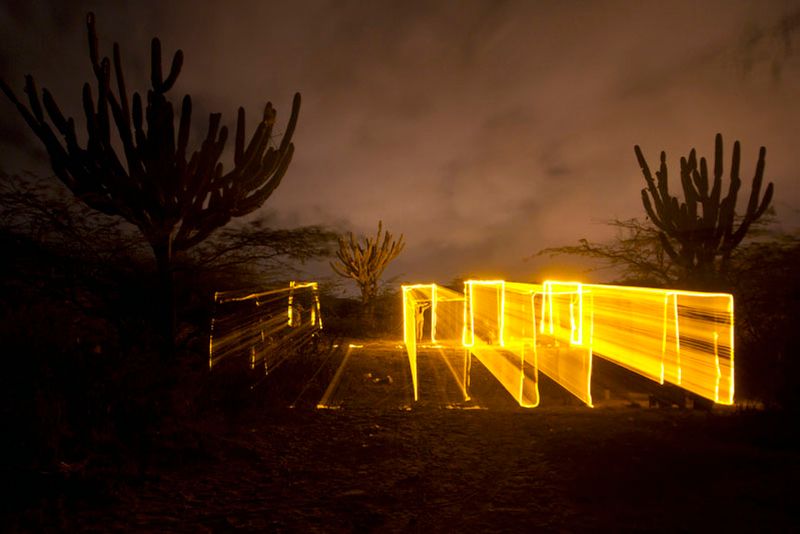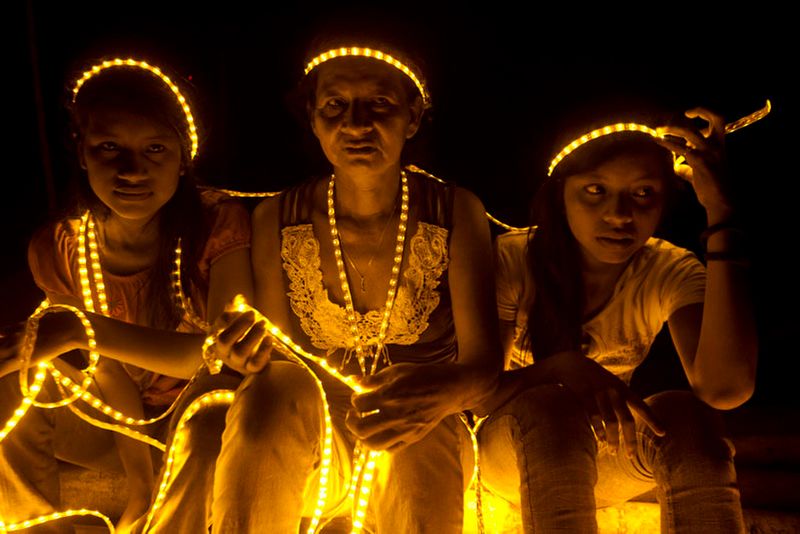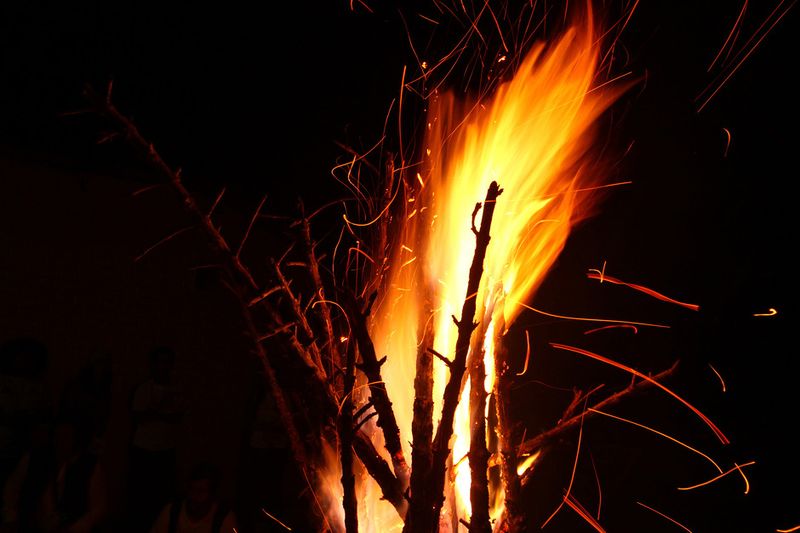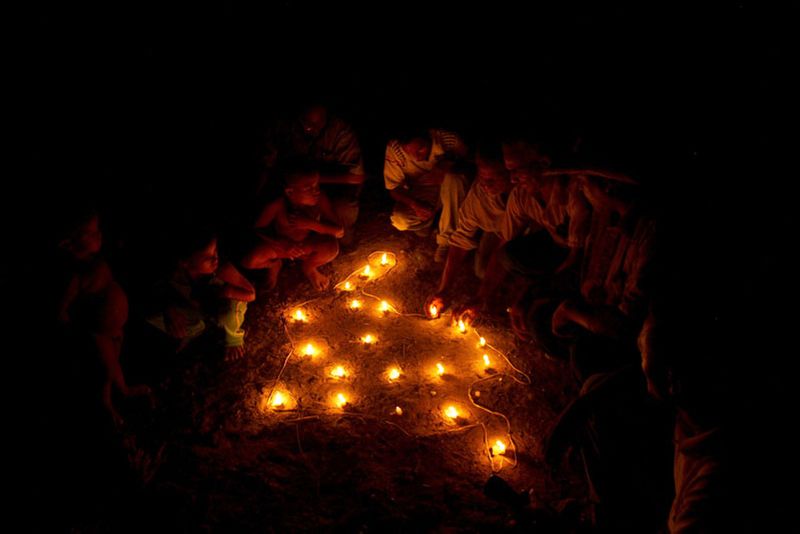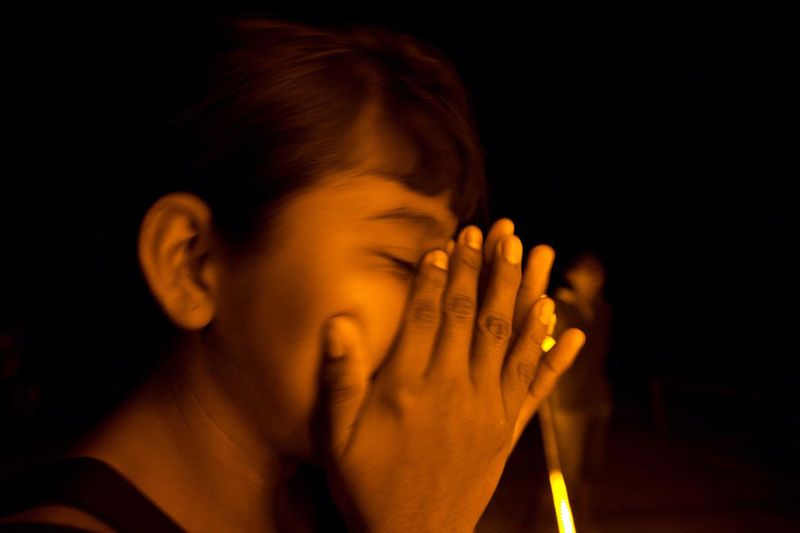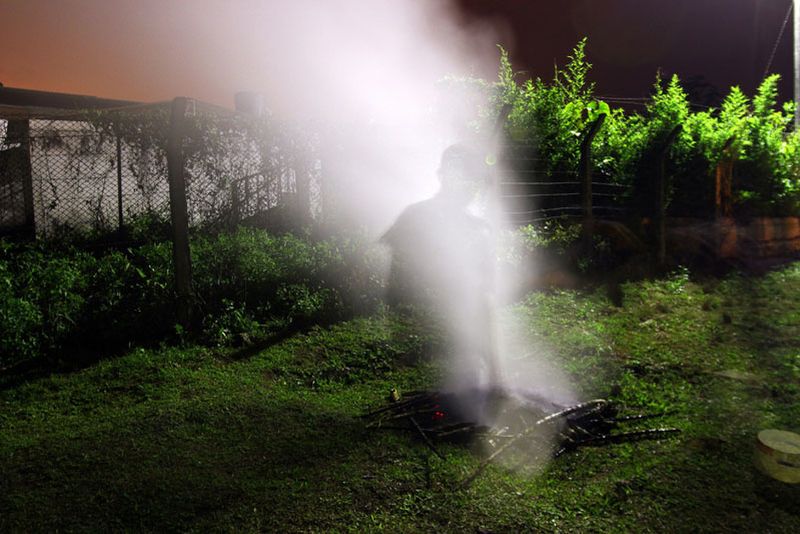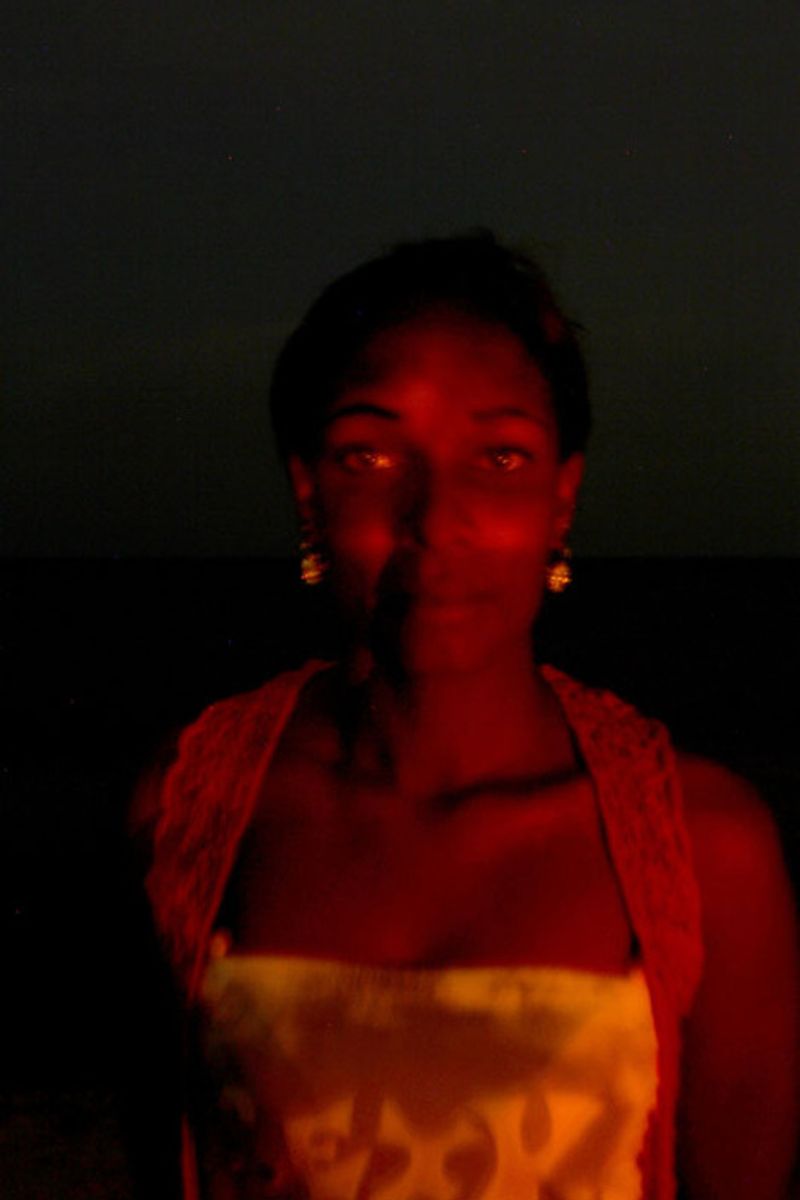COLOMBIA, tierra de luz (Land of Light)
-
Dates2009 - 2017
-
Author
- Topics Social Issues, Documentary, War & Conflicts
- Location Colombia, Colombia
COLOMBIA, tierra de luz (Land Of Light)
"COLOMBIA, tierra de luz" (Colombia, Land Of Light) - www.colombiatierradeluz.org consists of a series of symbolic acts of support for victims of violence and those who are displaced in different parts of Colombia, through the medium of photography and art. As it is well known, violence and forced displacement in Colombia has been one of the most worrying and most direct effects of the armed conflict for over five decades.
Although the conflict is mainly due to the combination of consumption of narcotics in the first world, and the consequence of decades of social inequities, it has derived, inside the country, into weapon trafficking, unjust land ownership and money laundering. Indeed, the on-going nature of these aspects has led the country to a continuing spiral of violence. Recently, the Colombian Historical Memory Centre released ‘Enough Already! Colombia: Memories of War and Dignity’. The report documents that between 1958-2012, armed actors produced at least 220,000 deaths, 4.7 million internal displaced, 6.6 million hectares of land usurped and 27,023 kidnappings!
Nonetheless, a sense of protection for all the victims of violence is developing, through new politics and social movements: the legal and moral need to act in relation with what conflict has left behind. Most important, the Colombian Government and guerrilla FARC-EP right now are seated in La Havana, Cuba discussing the agenda to end the conflict and aim for a sustainable peace. Thereby, a sustainable process after conflict must be implemented if Colombians want to change their history and truly built solid bases for the future.
During the interventions (artistic actions, poetry workshops, celebrations and testimonials records), villagers (peasants and indigenous people) express their thoughts and emotions through words, gestures and singing while they help to construct and lit up the sculptural objects and scenarios using consuming light, lanterns, mobile devices, candles and bonfires.
The documentary and interpretative photographs made are indispensable as vessels for memory and imagination for children, teenagers and adults who participate in the actions. Thus, the photographs made of light (through the process of capturing light by the camera) are considered as memorials when copies of them are given to each family to be hanged in their houses.
The selection of locations for the interventions (i.e. Amazonas, Guajira, Chocó, etc.) reflects Colombia's rich variety of multicultural groups, regions, landscapes, climate, historical context, traditions and celebrations, geopolitics, as well as social problems and different armed groups.





